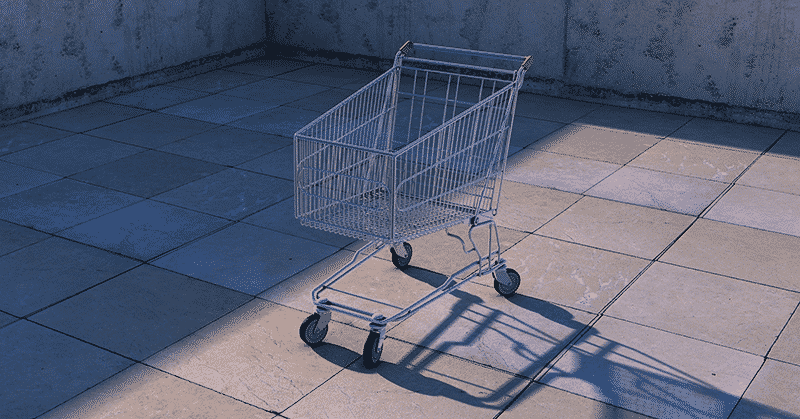Search and Navigation
Some people like to browse through categories when online shopping. Others prefer to type in a keyword and be shown exactly what they're looking for. Your shopping cart design must offer both methods. And the experience of both must be equally satisfying. The design must allow you to create as many categories and sub-categories as you need for your browsing shoppers. The ability to jump between categories should also be easy. Make searching by keyword a positive experience. Give the user flexibility when displaying results. Allow them to sort by criteria such as price, ratings, relevance to keyword, and date added.Product Descriptions
The way you display product information is almost as important as the type of information you display. Having a single image is table stakes in shopping cart design. Adding images from different angles or in different colors also improves the customer experience. From your perspective, you need an efficient way to customize product descriptions. At the same time, you need to maintain a consistent look and feel. Using a database-driven module or extension is the best solution. High-quality product databases allow you to customize fields. In turn, you can better tailor content to your audience. Also look database with automatic image resizing functionality. Not having to fuss with image dimensions saves times and helps create a consistent look and feel.Mobile Optimization
It seems that every year, the number of people using their phones or tablets to shop increases. In Q2 of 2017, 20% of online retail sales happened on mobile devices. That statistic translates into a key shopping cart design requirement: mobile optimization. Like websites in general, it's imperative that your shopping cart responds to the type of device used to view it. Browsing a website that doesn't adjust its navigation and layout for mobile devices is frustrating. Using a shopping cart stuck in desktop view is a sure-fire way to annoy potential customers. Most current website and storefront template providers know this. For example, contemporary WordPress and Shopify templates are optimized for mobile use. Ensure that any add-ons or integrations you use are also mobile-optimized.Modify Items
There will be times when you need to update or remove products from your website. Sometimes it's information about the item itself that needs modification. But it could also be inventory or shipment conditions. The back-end of your shopping cart design determines how labor-intensive modifications become. In the case of modifying product details, you might want to assign the task to specific staff. Yet, you don't want them to have access to change other parts of the website. A good shopping cart allows you to have multiple back-end users. It also allows you to limit access to align with the person's accountability. To keep inventory and shipping options current, integrate with fulfillment providers' databases. This isn't an obvious part of shopping cart design. But its impact on your workflows and customer experience is clear. The customer gets real-time and relevant information that helps them make decisions. You don't have to spend your energy on endless product availability updates. Instead, you can focus on managing the product pipeline and customer experience.Express Checkout and Aftercare
Every business wants loyal customers. Giving online shoppers an opportunity to create an account to speed up their next buying experience fosters loyalty. Standard accounts hold billing and shipping address details plus purchase history. But you can boost the experience by incorporating useful aftercare into your shopping cart design. What is aftercare? It's the service you offer after you've received payment. Successful online retailers don't limit aftercare to responsive customer service. They offer proactive customer service. For example, making it easy for a customer to track their shipment through their account with you. Keep a customer using your site in ways that benefit them and you increase the chances of gaining their loyalty.Ordering Options
Shopping cart design goes beyond making it easy and engaging for customers to add items and pay. It's also about your business model and how you ship products to customers. Fulfillment is a critical part of e-commerce. And if your business uses more than one kind of fulfillment solution, it can get complicated behind the scenes. But for the customer, it must stay simple. Your shopping cart design should give customers different ordering options. Common options are step-by-step, single-click, and single-click with shipping selection.Online Shopping Cart Design Made Easy
At Dropified, we know that online retailers need efficiency to keep their stores accurate and relevant. We understand how important fulfillment is to the success of your online storefront. That's why we specialize in helping Shopify-driven stores become well-oiled drop-shipment fulfillment machines. We help you streamline loading products, processing orders, and researching products. Instead of spending hours, you can spend minutes on these tasks. That gives you more time and money for finding and nurturing customers. Do you have a Shopify drop-shipment business? Check out Dropified's wide range of features and choose the plan that's right for you today!To learn more about how Dropified can help your dropshipping business thrive over the coming months and years just click the button below and get started with a FREE TRIAL today!
LEARN MORE - Start Your Free Trial


